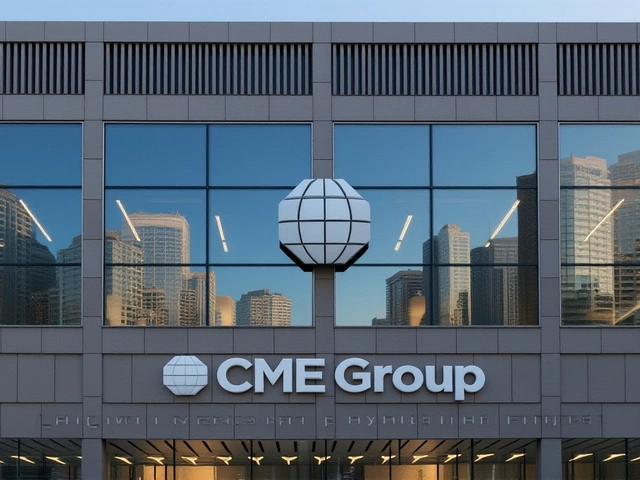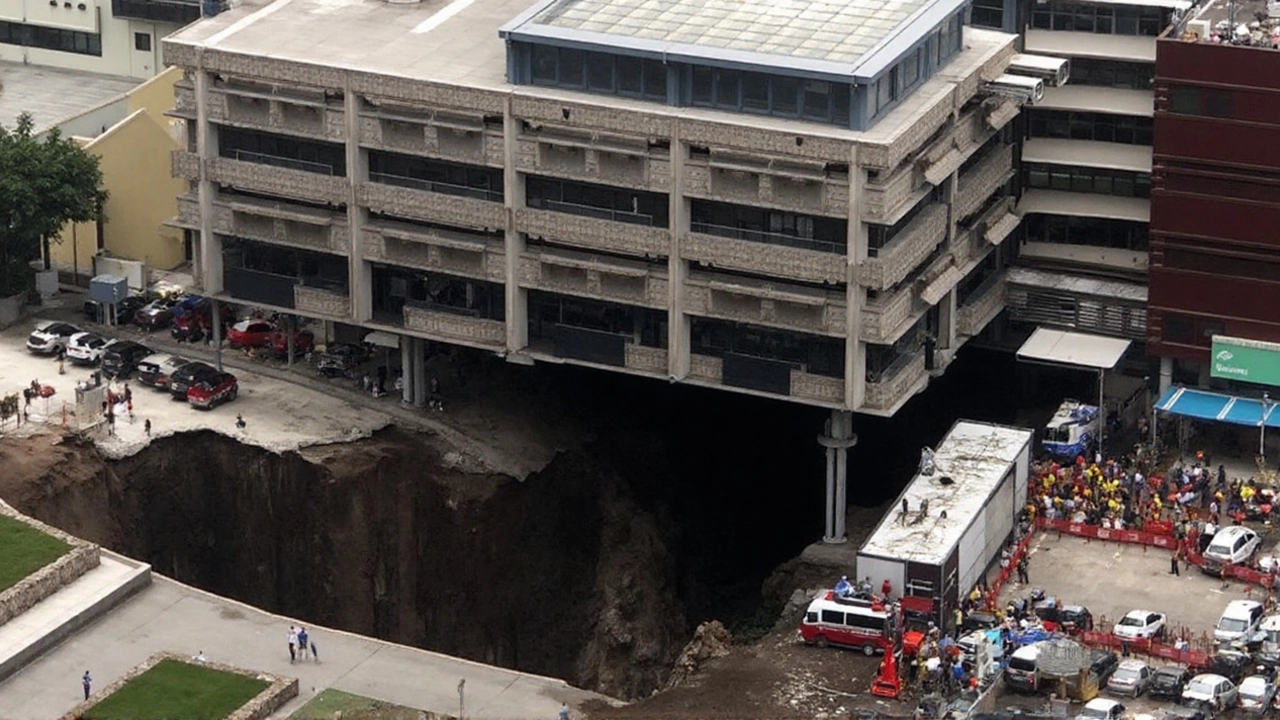Infrastructure & Urban News
When you browse Infrastructure & Urban News, a curated feed of stories about city building, underground works, and the effects on everyday life. Also known as urban infrastructure updates, it keeps readers alert to both risks and progress in modern cities.
One hot topic that keeps popping up is the sinkhole, a sudden ground collapse that can swallow roads, utilities, and even buildings. Sinkholes directly challenge public safety and force engineers to rethink drainage and soil stability. The recent Bangkok incident, where a 50‑meter hole gulped a hospital parking lot, shows how a single faulty joint in an MRT construction project can trigger a city‑wide emergency.
Why Urban Infrastructure Matters
Infrastructure & Urban News encompasses urban infrastructure itself – the tunnels, bridges, and power lines that keep a city breathing. Understanding these systems requires a grasp of geotechnical engineering, project management, and emergency response planning. When a sinkhole appears, the immediate response involves evacuation, power shut‑offs, and rapid sealing to prevent rain‑water damage. That chain of actions illustrates a clear semantic triple: Sinkhole incidents influence public safety measures. It also highlights another triple: Underground transit projects demand rigorous soil assessment.
Beyond the dramatic holes, the category also covers the day‑to‑day grind of MRT construction, the building of mass‑rapid‑transit tunnels that shape how millions move. A well‑executed MRT line can reduce traffic congestion, lower emissions, and boost local economies. However, each tunnel segment brings a risk profile: improper joint sealing, as seen in Bangkok, can compromise a whole network. This creates a relationship where urban transit development requires strict quality control, another semantic triple that guides readers to the importance of standards.
Another recurring theme is the balance between rapid development and long‑term resilience. Cities chasing growth often push underground projects ahead of thorough geological surveys. That rush fuels debates about whether speed or safety should win. The sinkhole story underscores a third triple: Accelerated construction timelines increase the likelihood of infrastructure failures. By following Infrastructure & Urban News, you’ll see how planners adjust timelines, adopt new monitoring tech, and involve community stakeholders to avoid repeats.
Public safety agencies also play a pivotal role. When a collapse occurs, they coordinate evacuations, assess structural integrity, and communicate risks to residents. This collaboration forms a fourth triple: Emergency response teams depend on accurate infrastructure data. Articles in this collection often detail how sensor networks and real‑time data platforms help authorities act faster, turning a dangerous situation into a managed one.
So what can you expect from the posts below? You’ll find in‑depth reports on recent sinkhole events, behind‑the‑scenes looks at MRT tunnel engineering, and analyses of policy shifts aimed at safer urban growth. Each piece ties back to the core idea that Infrastructure & Urban News links ground‑level incidents with the broader picture of city planning.
Ready to dive into the specifics? Below you’ll discover a mix of case studies, technical breakdowns, and practical advice that together paint a clear picture of how modern cities are built, what can go wrong, and how experts are fixing it. These stories are meant to inform, not just to alarm, giving you the context you need to understand the stakes of every pothole, tunnel, and skyscraper.
- By Colton Westwood
- /
- 26 Nov 2025
EuroMillions Jackpot Confusion: £108M vs £157M and Future-Dated Draws Spark疑虑
Conflicting EuroMillions jackpot figures (£108M vs £157M) and future-dated draws on National Lottery and WeLoveLotto sites have sparked doubts about data integrity, with no explanation from Camelot Group PLC or EuroMillions consortium.
- By Colton Westwood
- /
- 25 Sep 2025
Bangkok Sinkhole Cripples Hospital and Halts MRT Construction
A 50‑meter deep sinkhole opened outside Vajira Hospital in Bangkok on September 24, swallowing cars and utility poles. Officials traced the collapse to a faulty MRT tunnel joint, prompting evacuations, halted admissions, and power cuts. No injuries were reported, but nearby buildings remain unsafe. Authorities race to seal the hole before rain worsens the damage. The event reignites debate over rapid underground development in a crowded city.






